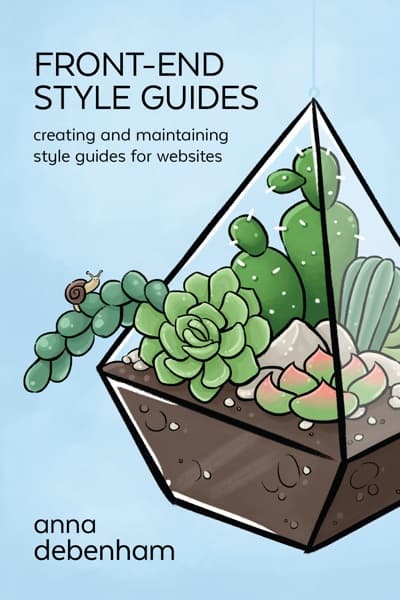While I like the Atomic principles and I think about them when I’m writing front-end code, my preference is to stick with the word “component”. I find the Atomic terminology too rigid– it’s not always obvious whether one of these building blocks is an atom, molecule, or organism, and I don’t want to pass on this confusion to the client.149 ↱

A Pocket Guide to Front-end Style Guides
Anna Debenham
Loading highlights…